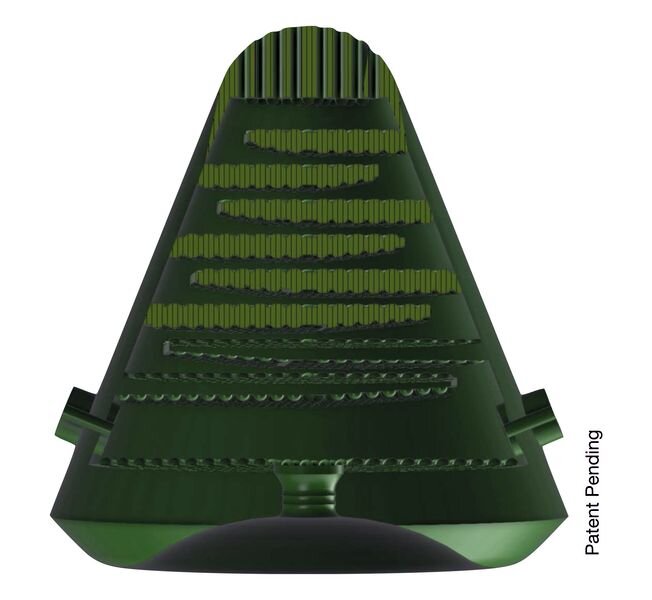![Design of the antibacterial milk filter [Source: Copper3D]](https://fabbaloo.com/wp-content/uploads/2020/05/image-asset_img_5eb0508f636c4.jpg)
I had no idea 3D printing could assist in the fight against HIV infections, but it turns out it’s entirely possible.
Copper3D is a Chilean company that manufactures a line of anti-bacterial 3D printing materials. Currently they offer three different antibacterial materials: PLAACTIVE, MDflex and NanoClean.
These materials are designed specifically for use in medical scenarios. For example, the MDflex material might be used to create a splint that may come in contact with an exposed wound. Because it’s an antibacterial material, the risks are lowered.
The antibacterial properties are created by mixing the otherwise normal polymers with additives. One of them is copper, which can be quite effective in this regard. Copper3D says:
“Antibacterial action has been scientifically validated eliminating more than 99.99% of fungi, viruses, bacteria and a wide range of microorganisms.”
Battling HIV With 3D Printing
But how can these materials be used to combat HIV?
It turns out there are nearly 40M people in the world suffering from HIV infections, and there is a danger that mothers can infect children through infected breast milk. Copper3D worked on a project to counteract this they call “Viral Inactivation System for a Breastmilk Shield to Prevent Mother-to-Child Transmission of HIV”.
Claudio Soto, medical director of Copper3D, says:
“The initial idea is based on some of the few available studies that establish that copper based additives and filters can inactivate HIV virus in a solution of breastmilk, acting specifically against the protease (essential for viral replication) where copper ions non-specifically degrade the virus phospholipidic plasmatic membrane and denaturalize its nucleic acids1; nevertheless, several issues such as toxicity levels, milk nutritional degradation, time for virus inactivation, or the optimal size/form of these filters remain unsolved”.
Copper3D uses copper nanoparticles in their materials to effect the antibacterial properties.
![Antibacterial milk filter [Source: Copper3D]](https://fabbaloo.com/wp-content/uploads/2020/05/image-asset_img_5eb0508fa680a.jpg)
The device shown here is essentially a filter through which the breast milk flows. As the fluid traverses the path through the filter, it’s exposed to the surface of the filter containing the copper nanoparticles. These particles help eliminate the virus from the breast milk and thus lower the risk of infection significantly.
Antibacterial materials are rare in the 3D print marketplace, but their use can be quite powerful, as seen in the HIV example here. It may be that this is another case where we need additional creativity to develop unique devices that can leverage both 3D printing and antibacterial properties.
Via Copper3D

